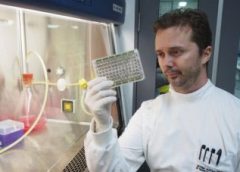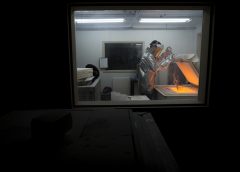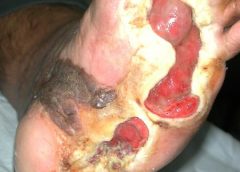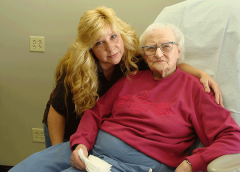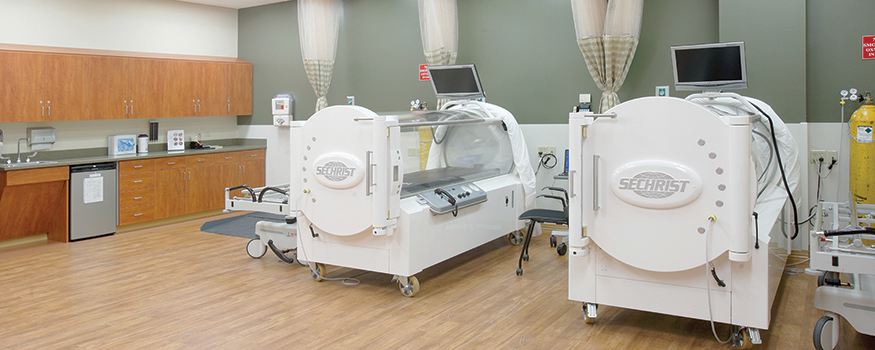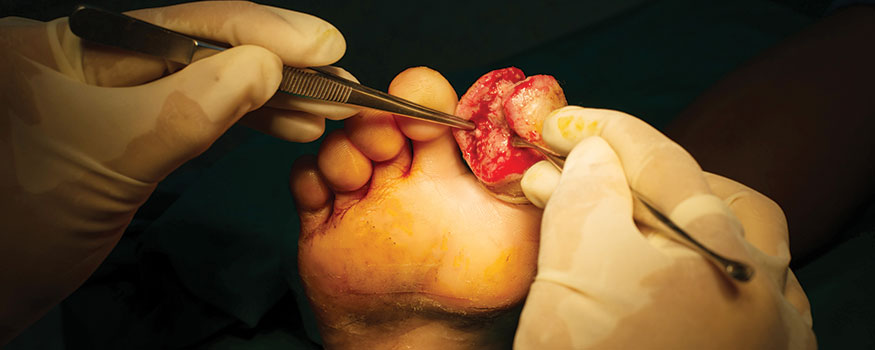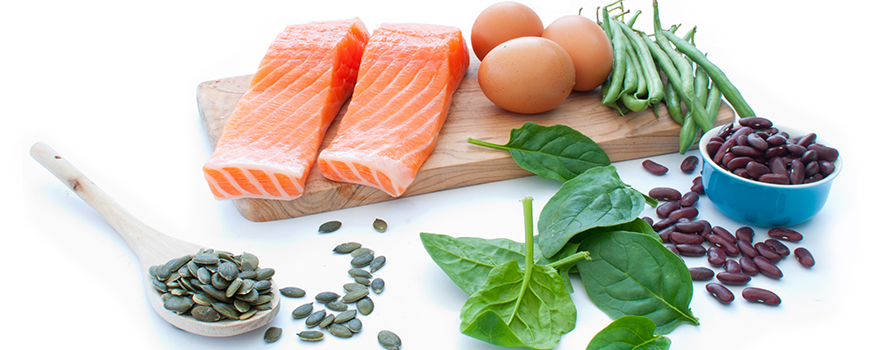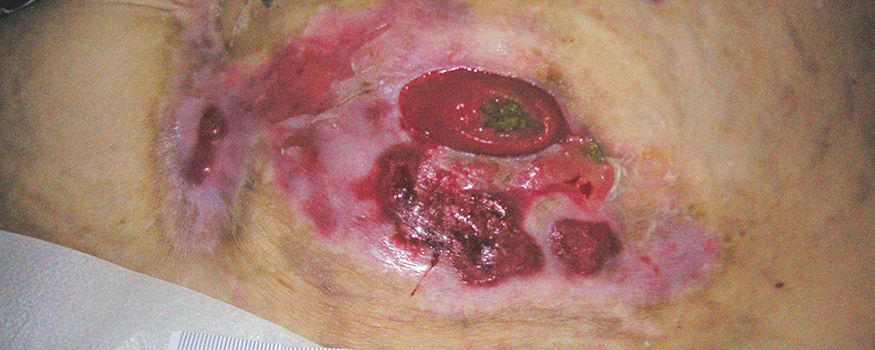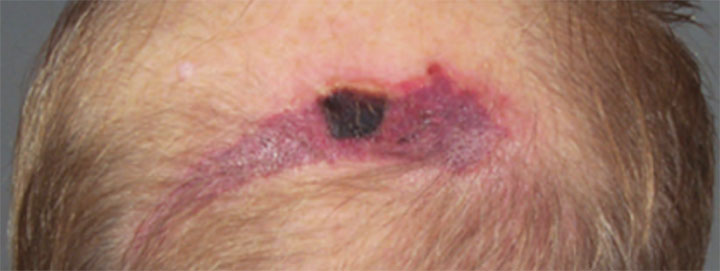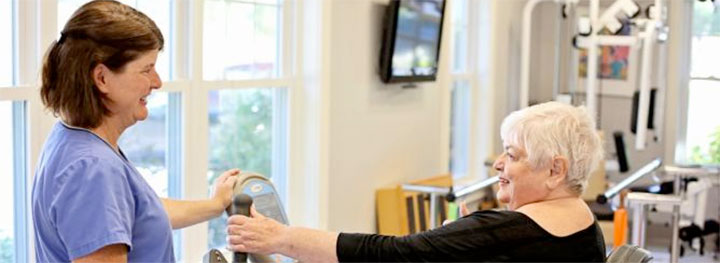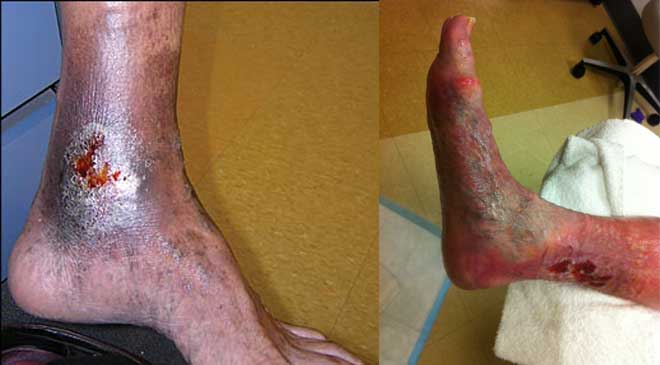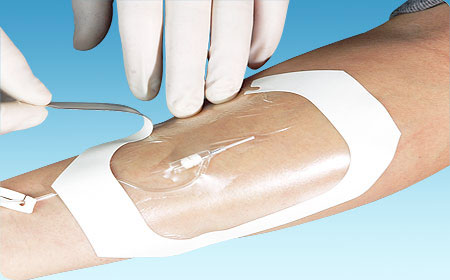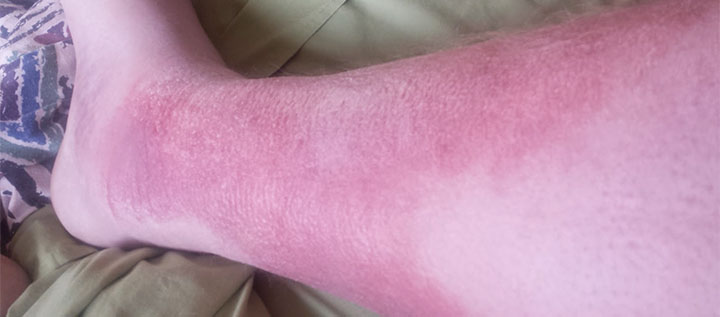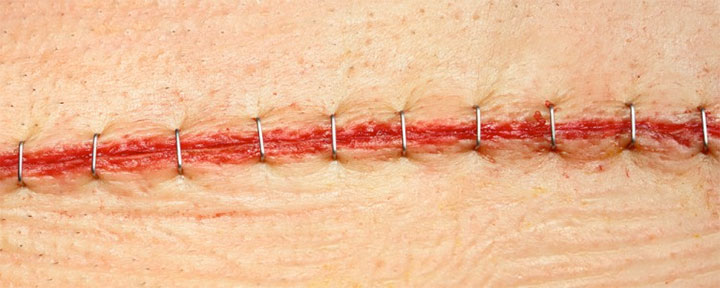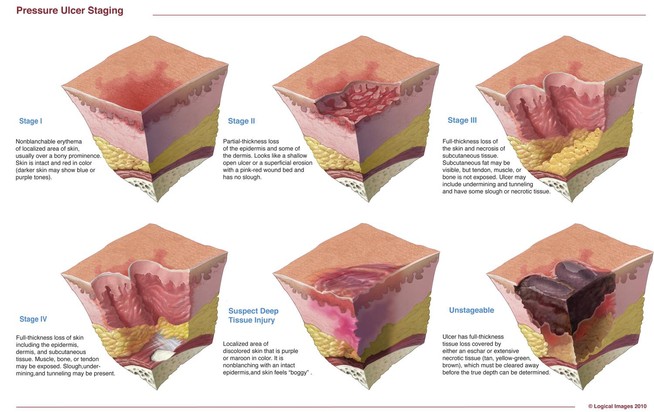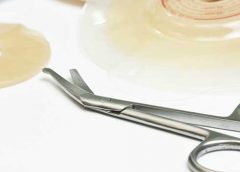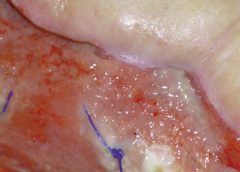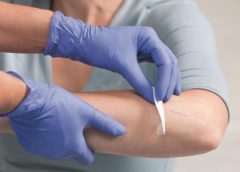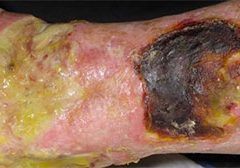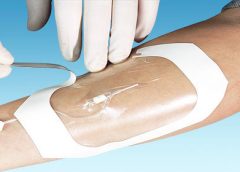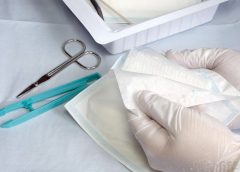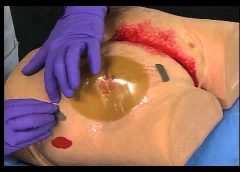An innovative “Smart Scar-Care” pad which serves the dual functions of reinforcing pressure and occlusion has been designed by researchers to treat hypertrophic scars from burns, surgeries and trauma.
Compared with the traditional pressure pads and silicone gel sheets, “Smart Scar-Care” pad has the advantages of both.
It showed good performance in reducing pigmentation and vascularity, improving elasticity and preventing dehydration in a clinical trial. It is more durable and user-friendly compared with the traditional pad (polyethylene foam) as reported by the patients. This innovative design has won the Grand Award and Gold Medal with the Congratulations of Jury at the 45th International Exhibition of Inventions of Geneva, 2017. (more…)
Read More

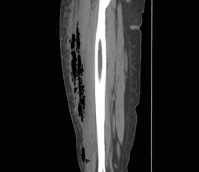

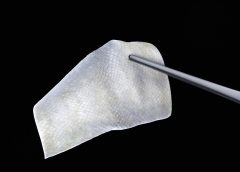

 Washington, D.C. – The National Pressure Ulcer Advisory Panel (NPUAP) announced the convening of its subcommittee, the Support Surface Standards Initiative (S3I), this spring to approve new standards tests that may help prevent pressure injuries in bed-bound individuals.
Washington, D.C. – The National Pressure Ulcer Advisory Panel (NPUAP) announced the convening of its subcommittee, the Support Surface Standards Initiative (S3I), this spring to approve new standards tests that may help prevent pressure injuries in bed-bound individuals. 